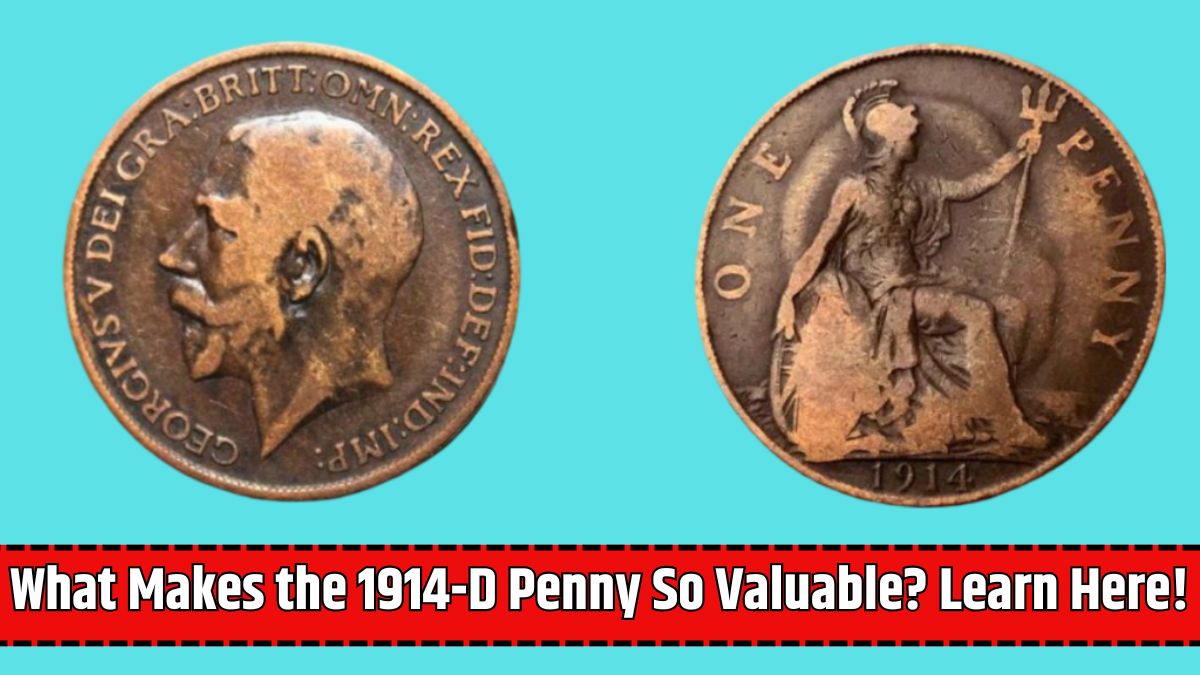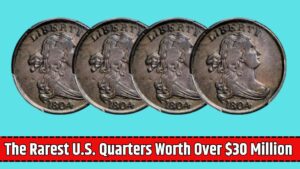The 1914 Lincoln Wheat Penny is a big deal in the world of coin collecting.
These pennies, especially the 1914-D and 1914-S varieties, are rare and sought after by collectors.
But what makes them so special? Let’s break it down and explore their history, value, and how to keep these coins in great condition.
A Brief History of the 1914 Penny
The Lincoln Wheat Penny debuted in 1909 and was the first U.S. coin to feature a president. Designed by Victor David Brenner, it replaced the Indian Head Cent.
Its design includes Abraham Lincoln on the front and two wheat stalks on the back, symbolizing prosperity.
By 1914, the U.S. was on the brink of World War I, and the penny reflected the economic challenges of the time.
While the Philadelphia Mint produced the most coins, Denver and San Francisco produced smaller numbers, making those varieties much rarer and more valuable.
Mint Varieties of the 1914 Penny
The 1914 penny comes in three main varieties, identified by their mintmarks:
- 1914 (No Mintmark): Produced in Philadelphia with over 75 million minted. These are the most common.
- 1914-S: Minted in San Francisco, with just over 4 million made, making them significantly rarer.
- 1914-D: Produced in Denver, with only about 1.2 million minted. These are the rarest and most valuable.
Factors That Affect the Value of a 1914 Penny
1. Rarity
Coins from Denver (1914-D) and San Francisco (1914-S) are much rarer than those from Philadelphia, making them more valuable.
2. Condition (Grade)
The coin’s condition, or grade, plays a major role in its value. Grading levels include:
- Good (G-4): Heavy wear, but major details still visible.
- Fine (F-12): Moderate wear with clearer details.
- Extremely Fine (EF-40): Light wear, most details intact.
- Uncirculated (MS-65): No wear, with a shiny mint finish.
3. Market Demand
Rare coins like the 1914-D are always in high demand among collectors, driving up their price.
4. Mint Errors
Coins with mistakes made during production can be worth significantly more due to their uniqueness.
How Much Is a 1914 Penny Worth?
The value of a 1914 penny depends on its mintmark and condition. Here’s a quick guide:
| Coin | Good (G-4) | Fine (F-12) | Extremely Fine (EF-40) | Uncirculated (MS-65) |
|---|---|---|---|---|
| 1914 (No Mintmark) | $1 – $5 | $8 – $20 | $35 – $50 | $150 – $400 |
| 1914-S | $20 – $30 | $50 – $75 | $200 – $300 | $1,000+ |
| 1914-D | $200 – $300 | $500 – $1,000 | $3,000 – $5,000 | $25,000+ |
Tips for Preserving Your 1914 Penny
Want to keep your penny in top condition? Follow these tips:
- Handle Carefully: Hold coins by the edges to avoid smudging or damaging them.
- Store Safely: Use airtight holders or coin cases to protect them from moisture and scratches.
- Avoid Cleaning: Cleaning can strip a coin’s natural patina, reducing its value.
- Get It Graded: Have valuable coins professionally graded by services like PCGS or NGC for accurate valuation.
Where to Buy or Sell 1914 Pennies
If you’re looking to buy or sell a 1914 penny, here are some options:
- Coin Shops: Local dealers can provide appraisals and handle direct sales.
- Auctions: Rare coins, especially 1914-D pennies, can fetch high prices at auctions.
- Online Marketplaces: Platforms like eBay or Heritage Auctions connect collectors and sellers worldwide.
The 1914 Lincoln Wheat Penny isn’t just a coin—it’s a piece of history. Its rarity, especially for the Denver and San Francisco versions, makes it a prized collectible.
Whether you’re a beginner or a seasoned collector, learning about these coins and how to preserve them can help you appreciate their value even more.
















